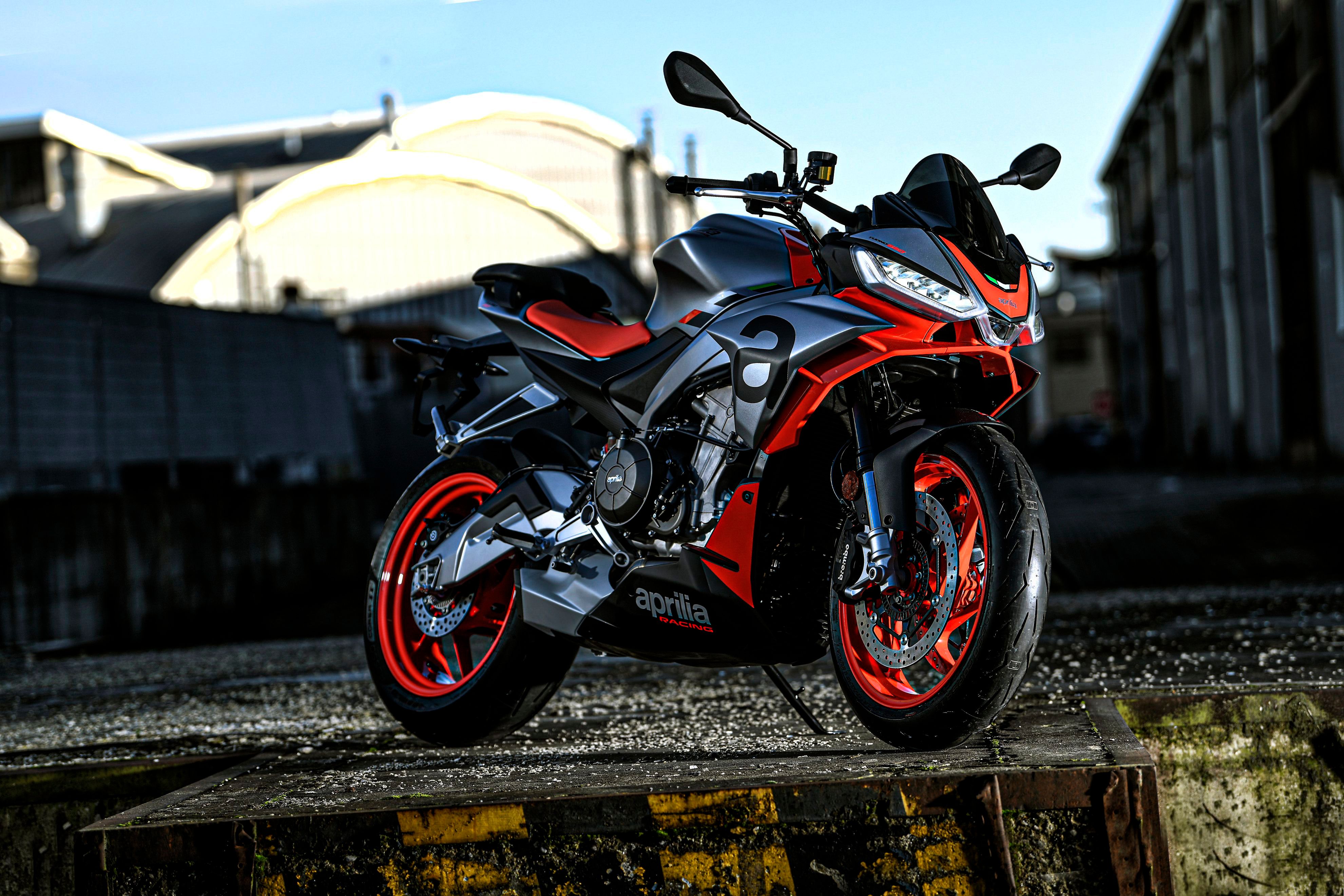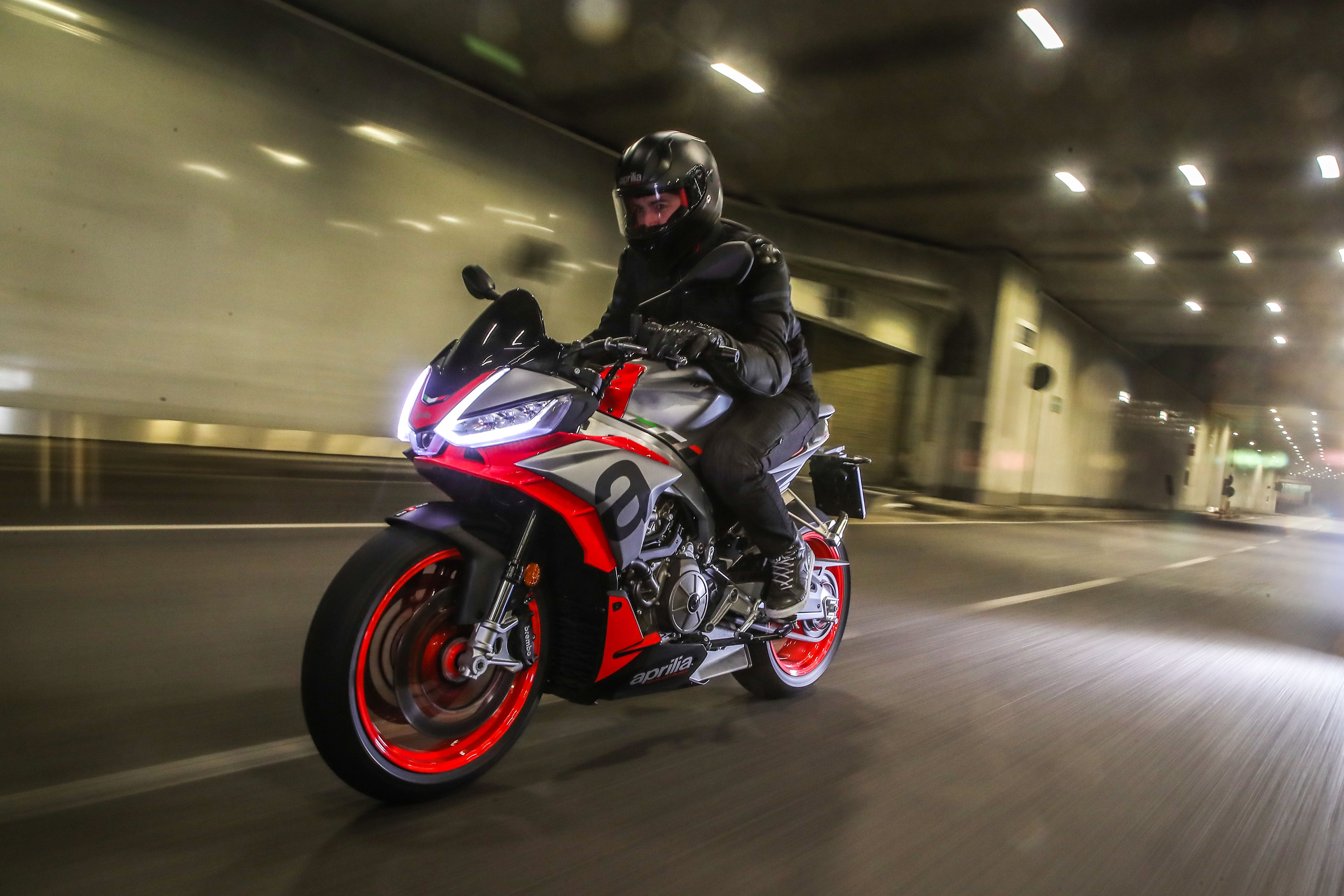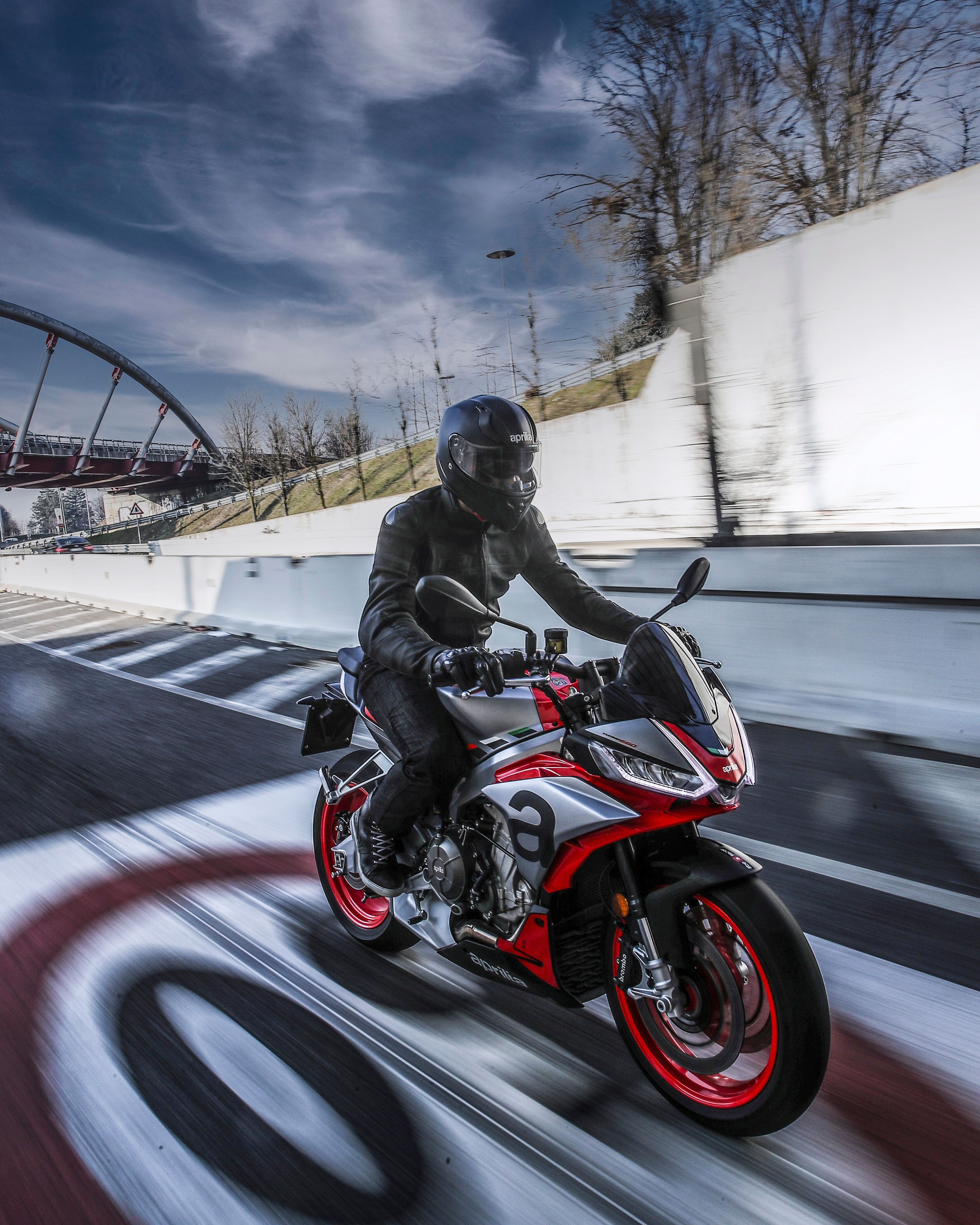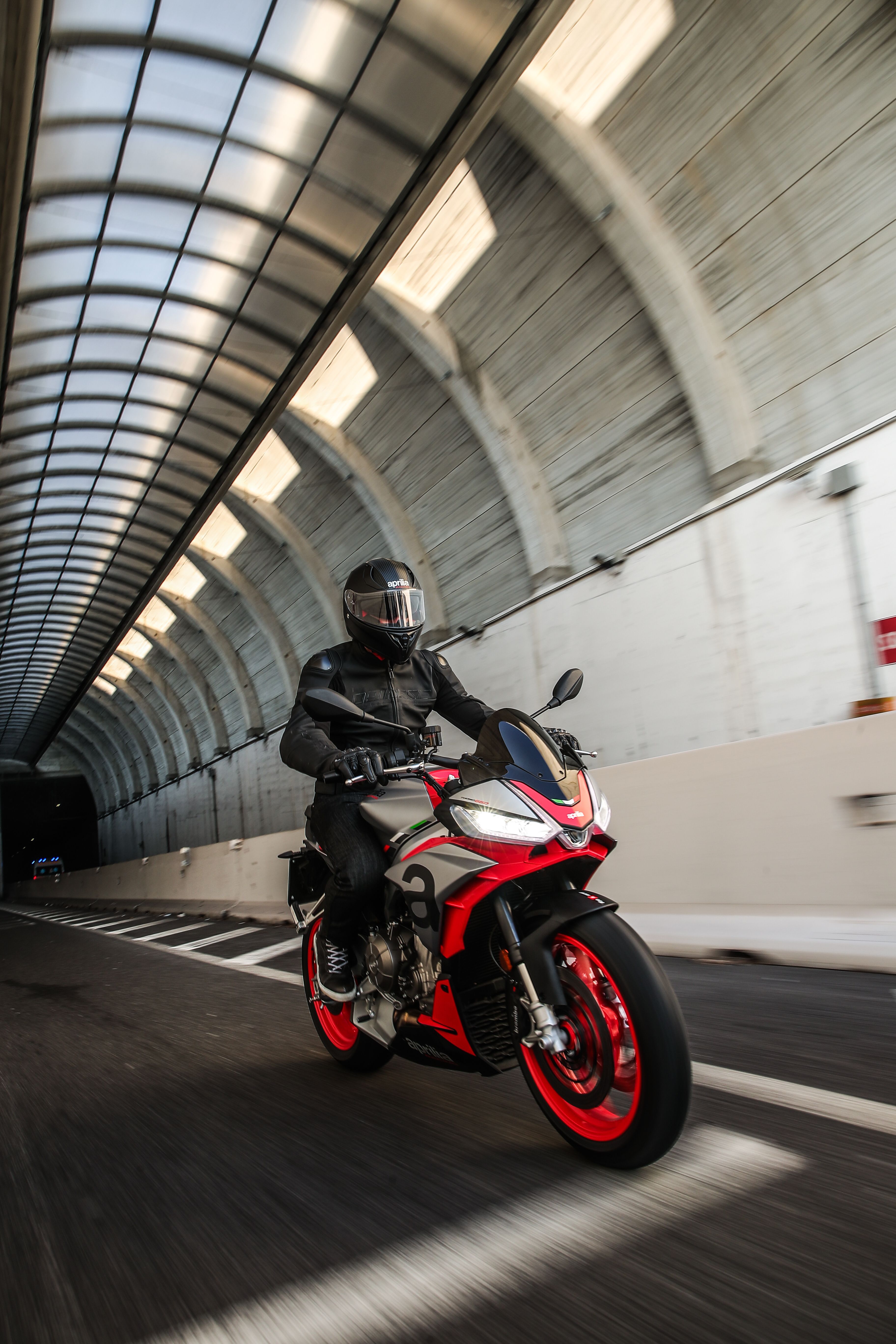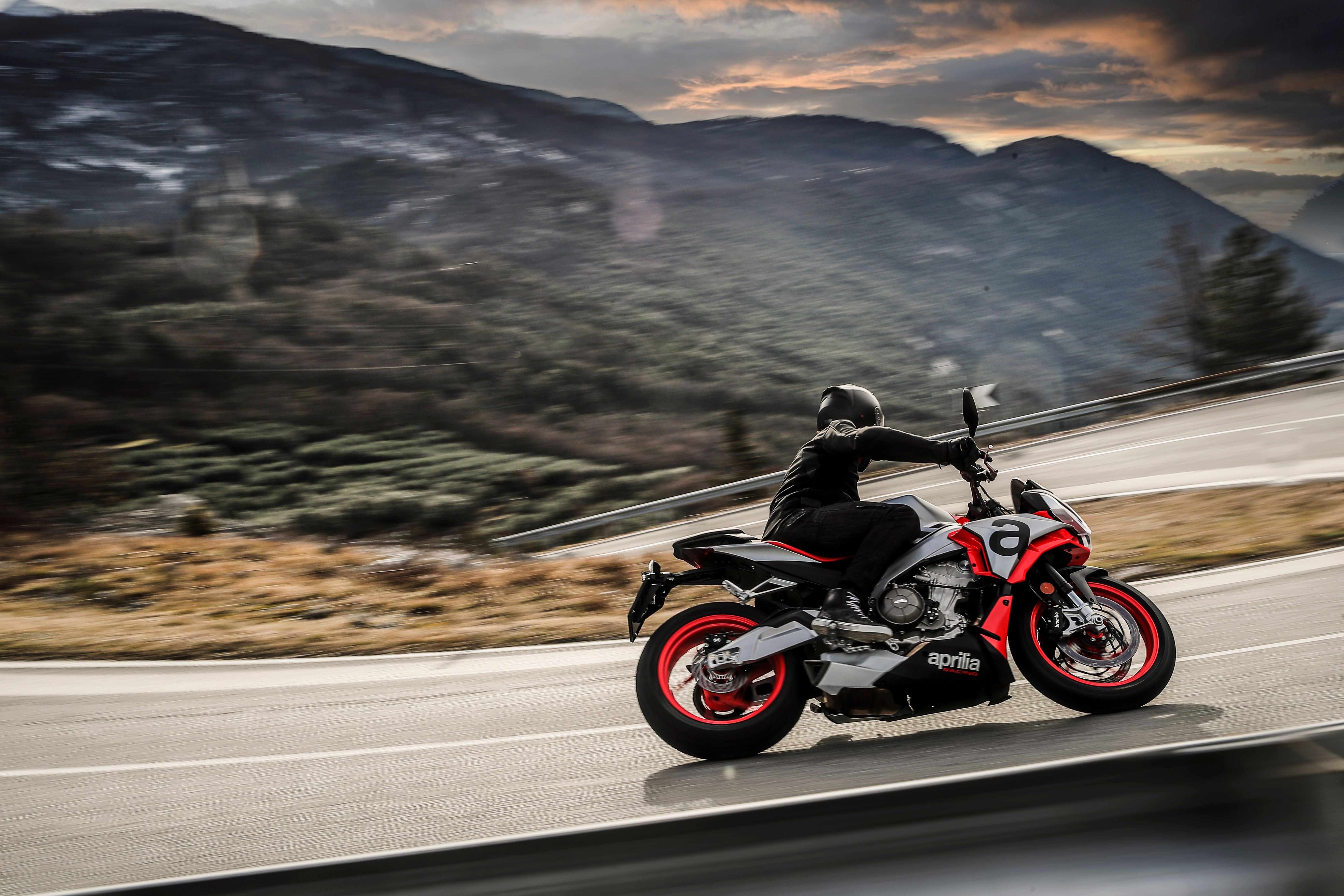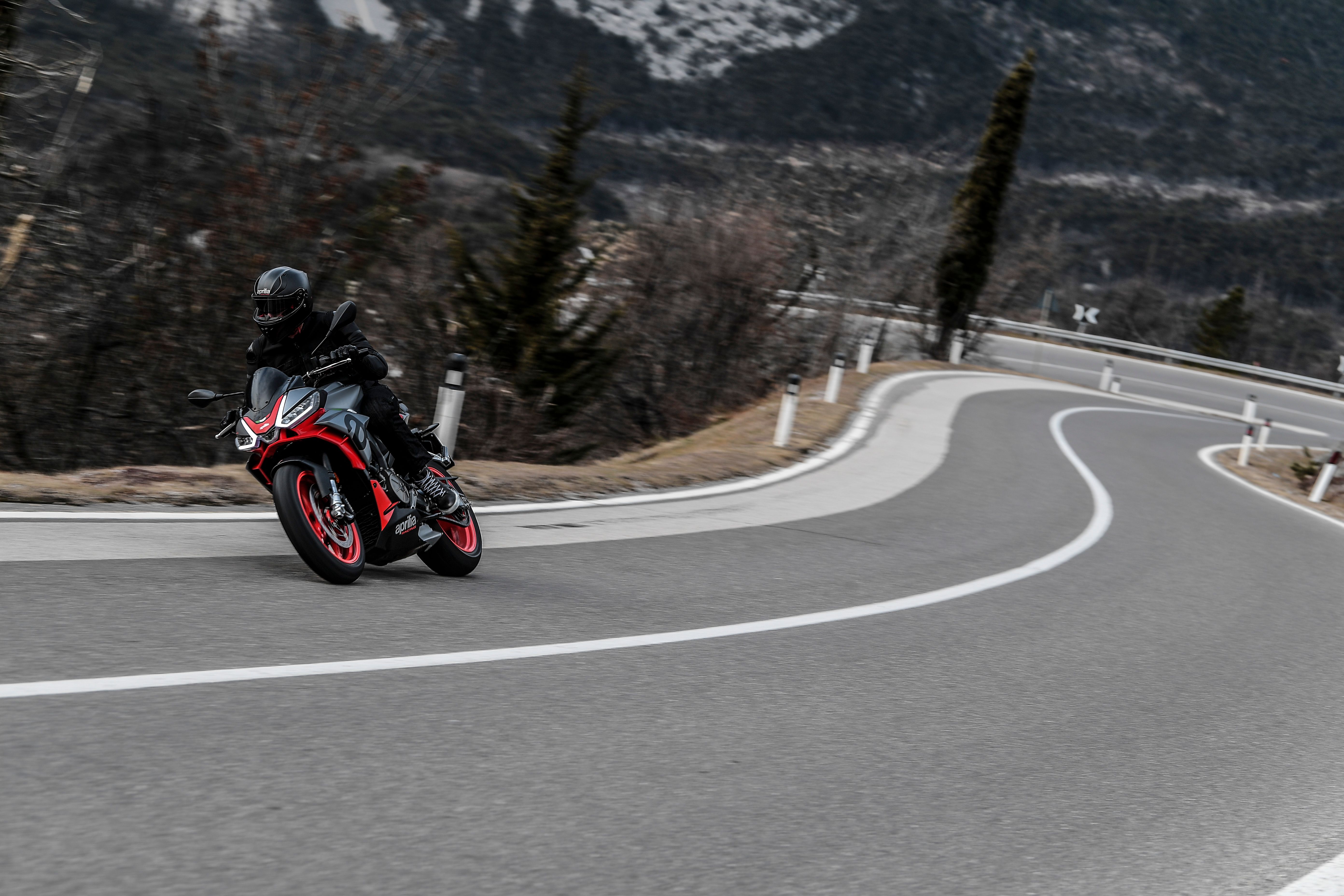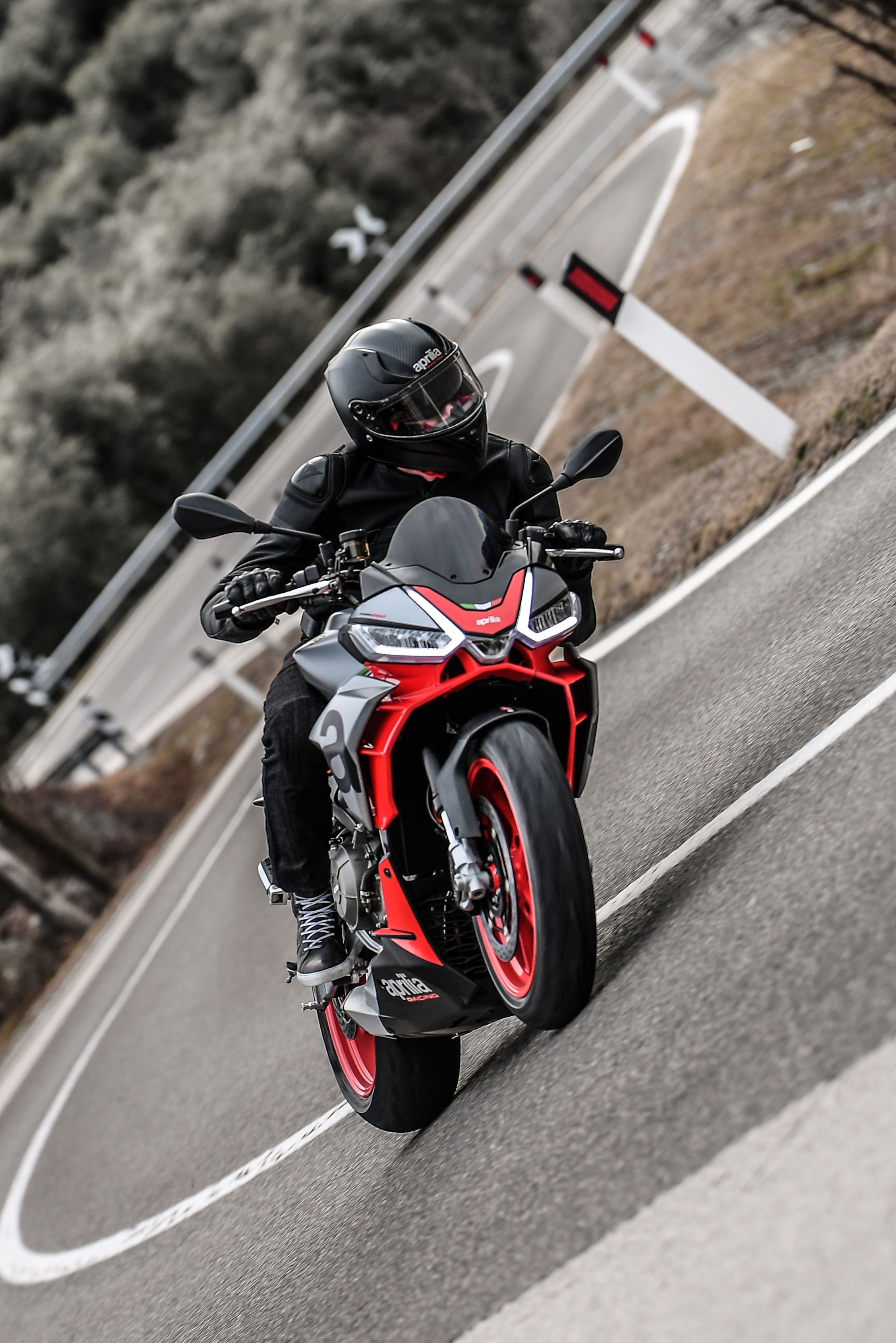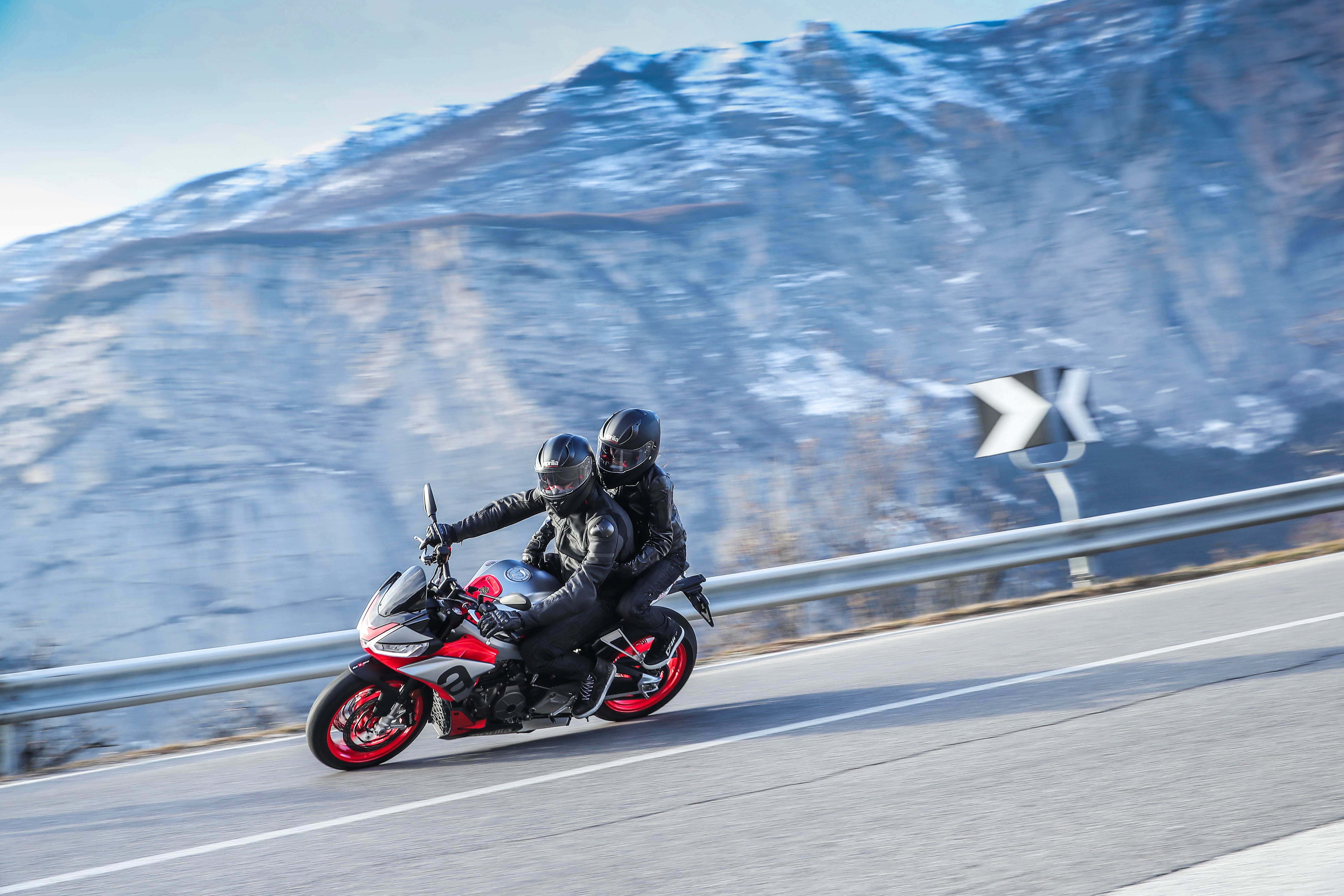Aprilia takes the RS660, removes a bit of the bodywork and relaxes the riding position to create the semi-naked Tuono 660. A little less power but revised gearing to make it feel just as fast, electronics normally only seen on larger bikes and a dynamic chassis make a convincing argument. The only blot on the landscape is the price.
2021 Aprilia Tuono 660
- Make: Array
- Model: Tuono 660
- Engine/Motor: 660 cc
- Horsepower: 93.87 hp
Road test: 2021 Aprilia Tuono 660
It’s funny how some engine capacities fall in and out of favour over the decades only to reappear like a rash all of a sudden. In the 1960s, as a manufacturer, you were nowhere unless you had a 650cc in your sports bike line up. As the ‘60s moved into the ’70’s, 750cc became the must-have capacity. Then it was 1100cc before settling down into 1000cc, with a 600cc sub-division.
The 600 Supersports category eventually died off and it appeared that that was it for the class. However, while 600 or 650cc is dead, the new buzz-capacity is 660cc.
Aprilia has joined Triumph in the naked middleweight class with the semi-naked version of the RS660, the Tuono 660. This follows established Aprilia thinking: a full-on sports bike accompanied by a more-relaxed-riding-position naked bike complimenting it.
The Triumph and the Aprilia might share engine displacement but, in reality, that is where the comparison ends. Whereas Triumph has built the Trident 660 to be a perfect introduction to the brand and given it less-sharp (but never soft) edges, the Aprilia 660 Tuono is as sharp as anything to come out of the Noale factory.
Inspired by Big Brother
It is clear that the inspiration for the Tuono 660 is the Tuono V4 1100, that fire-breathing, bellowing beast of a bike. Walk up to the 660 and there is little at first glance to tell you that this is the smaller-engined version. The styling is virtually identical, which is no bad thing: at once aggressive and attractive. Only on closer inspection do you notice the single cylinder bank housing the parallel twin engine and appreciate the overall smaller dimensions.
It is this outward similarity to its bigger brother that, at first, readers the Tuono 660 a little underwhelming. At 94bhp and 49.5 ft lb of torque, it has 80bhp less and half the torque of the 1100 V4 and, naturally, that goes a long way to tame the insanity that is a large part of the 1100’s allure.
All it takes, however, is a small recalibration of the senses to rid yourself of this unnecessary first impression and realise that you are riding an incredibly accomplished machine with more than enough punchy performance to satisfy even the most jaded hack while offering exhilaration to new riders without scaring the pants off them.
Brilliant Chassis
Such breadth of ability is immediately apparent in the behaviour of the chassis. It is at once sharp and beautifully balanced but also ridiculously easy to ride fast and well. At no point do you feel you need to take charge and manhandle it around: it does everything seemingly as you think about it. The wide ‘bars (well, only slightly wider than those on the RS660 but, crucially, offering a more upright riding position) give plenty of leverage and response is instant and predictable, being sharp but forgiving. The whole riding position is very well executed with no feeling of cramp, even for a tall rider.
The engine really is a beauty. No parallel twin has any right sounding this good - at once rumbling and meaty - but the layout gives all the grunty benefits of a v-twin in a much more compact form. The engine in the Tuono 660 might have 5bhp less than the RS660, but low-down torque has been exaggerated slightly through the use of slightly lower overall gearing, giving urge from low revs all the way to the red line. It gives performance that will feel no different to the RS, certainly in the throttle response and acceleration fields. On a bike such as this, top speed is largely irrelevant, as long as the chassis is entertaining enough which, being an Aprilia, it is.
The twin beam frame and gull-wing swing arm are in aluminium while the engine is a stressed member and the suspension is by Kayaba, brakes by Brembo. Even without the electronics - see below - the chassis would be fantastic; at once sharp and precise, quick-steered but never nervous. It’s the sort of chassis that just inspires confidence: never too intimidating for less experienced riders, enough talent for the experts.
Trickle-Down Technology
The electronics on the Tuono 660 are the perfect example of trickle-down technology from flagship models to bikes lower in the range. For a mid-sized - dare we say ‘entry-level’? - bike to have five riding modes, with one fully customisable, including traction control, wheelie control, cruise control and variable engine braking parameters, is simply astonishing. A quick-shifter is an option (as is cornering ABS) but the gearbox is so good, making clutchless shifts a doddle, that you really don’t need it. Everything is controlled via a small but clear TFT dash and LED lights illuminate your way at night.
The different riding modes give varying levels of all adjustable parameters and throttle response. At one end is ‘Commute’ which keeps everything smooth, while ‘Dynamic’ sharpens up everything beautifully, without ever feeling snatchy or nervous. Then there is the rider-customisable mode which is a nice refinement.
The Tuono 660 is the sort of bike you appreciate more and more, the longer and further you ride it. It’s just entertainment with a capital ‘E’. It would be brilliant at a track day: as it is, it’s brilliant on everyday roads. It makes even the shortest journey a bit special.
Rivals
The Tuono is, all of a sudden, playing in an increasingly crowded segment. There is the aforementioned Triumph Trident 660, which, for all its qualities, isn’t really touting for the same business as the Tuono. It does, however, have a jewel of a triple-cylinder engine. It is also a not inconsiderable $2,500 less than the Aprilia, which retails for $10,499.
Yamaha’s MT-07 has a similar engine configuration as the Aprilia with lower power (75bhp) but more torque (60lb ft) and is priced from $7,699. The perception is that the Tuono 660, being an Aprilia, is the more dynamic but the press loves the MT-07 and I suspect that a back-to-back test would not make the issue any clearer.
Perhaps the bike with the strongest claim to really taking it to the Aprilia is the Triumph Street Triple 765. Like the Aprilia, it’s a blatantly sporty bike and perhaps the one the Aprilia really has to be wary of. With 121.3bhp it out-powers the Aprilia, and torque is up at 58.2lb ft. It has long been hailed as one of the best handling bikes across any class and cost almost exactly the same as the Aprilia. Best of all, it’s a Triumph, with all the quality that implies.
Other rivals are starting to push the envelope a bit, in terms of displacement, if not intent. The most obvious is the KTM 890 Duke R. Twenty more horses, again from a parallel twin engine and, at $11,999, more expensive, but with the same emphasis on the sharpness of the chassis. Apart from price, however, it’s hardly a fair comparison with 230cc more capacity.
If we’re allowing the KTM in, then we have to admit the BMW F900R. A lot less - in base form it comes in at $8,995 - than the Tuono 660, with the same horsepower, but more torque at 64lb ft. But it’s a million miles away in terms of perception. Maybe it could be made to hustle as fast as the Aprilia in the right hands, but would anyone sit up and take notice?
That’s the Tuono 660’s trump card; it’s an Aprilia and that goes a long way for many riders. It’s an exotic name and rarely in recent years has an Aprilia been this accessible. This deserves to sell like hot cakes.

